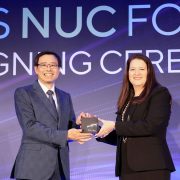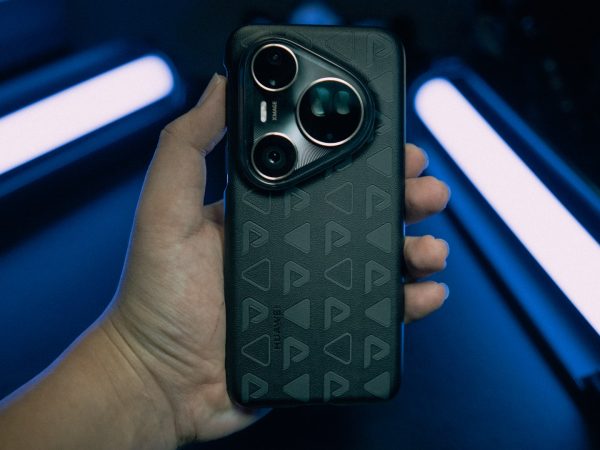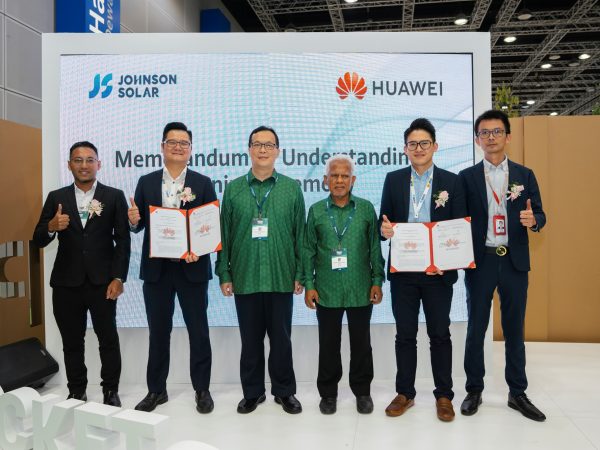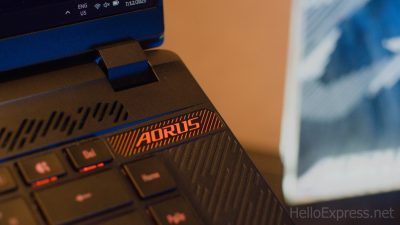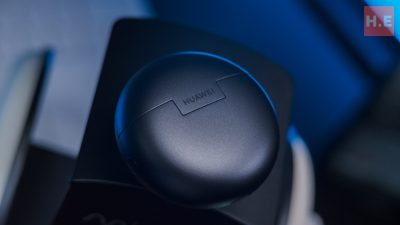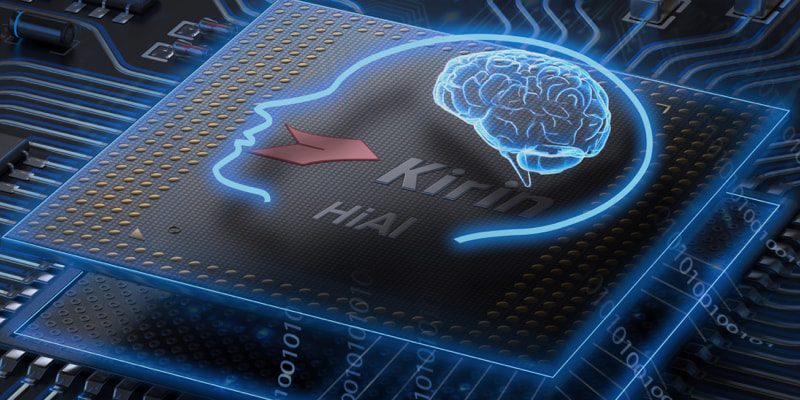
HiSilicon Kirin A2: 4 things you need to know
In our fast-changing tech landscape, innovation constantly transforms our daily routines. Today, we venture into the world of wearable devices to delve into the captivating HiSilicon Kirin A2 chipset. Designed and crafted by HiSilicon, the Kirin A2 sends a clear message to the world: global production is no longer a necessity for chips.
Join us as we unveil four vital insights about this extraordinary technology:
1. Not a Smartphone SoC
The Kirin A series is a dedicated SoC (System-on-Chip) designed exclusively for wearable devices. It made its debut in September 2019 as the inaugural wearable SoC boasting compatibility with both BT 5.1 and BTLE 5.1 technologies.
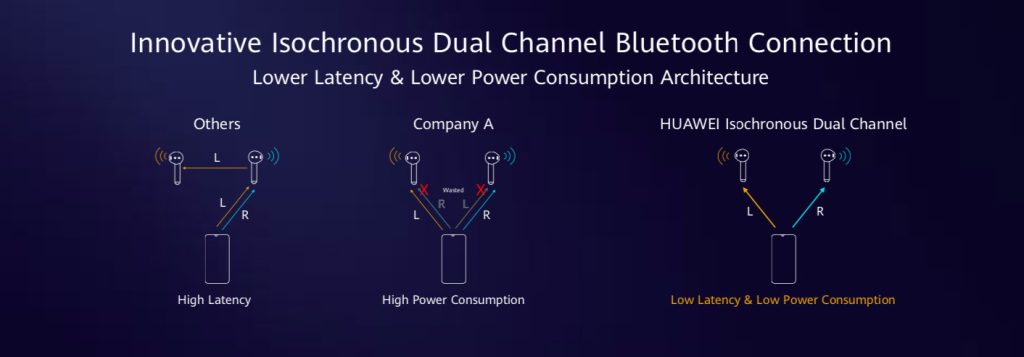
What sets it apart is its distinctive isochronous dual-channel data transmission capability, enabling the simultaneous transmission of data to both the TWS left and right channels, each carrying its own distinct audio signals.

In the evolution of this chipset series, the Kirin A2 takes the lead, building upon the foundation laid by its predecessor. It achieves this through the integration of cutting-edge technology while enhancing energy efficiency.
2. First Product to Receive Kirin A2
The Huawei FreeBuds 3 Pro is poised to claim the title of being the inaugural wearable device to incorporate the Kirin A2 chipset. As Huawei’s upcoming flagship True Wireless Stereo (TWS) offering, the FreeBuds Pro 3 is primed to epitomize the very best of Huawei’s audio technology prowess.

This includes a dual driver system featuring an 11mm bass driver and a planar diaphragm driver, a dual DSP setup, the all-new Pure Voice 2.0 call noise cancellation system, dual HD codec certification, a triple adaptive EQ algorithm, and an updated intelligent ANC 3.0 for an immersive audio experience.

Furthermore, there are strong indications that this chipset will find its way into other wearable series, such as the Huawei TalkBand series – which currently relies on A1 chips – and potentially into wearables from other brands, like the Honor Watch series. The Kirin A2’s versatility and capabilities make it a promising candidate for a wide range of wearable devices.
3. A2 vs. A1: What has been Improved
HiSilicon does not publish the specifications of both the A1 and A2 chips. So to provide a comparison, we looked at the specifications of the FreeBuds Pro 2 and the new FreeBuds Pro 3:
| Kirin A1 | Kirin A2 | |
| 1x 200MHz Arm Cortex M7 | Processor | ? |
| BT 5.1, BT-UHD | Bluetooth Compatibility | ? |
| 6.5 mbps | Bluetooth transfer speed | 8 mbps |
| LDAC, AAC, SBC | Audio Format | SBC, AAC, LDAC,L2HC2.0 |

Huawei has not provided details about the processor and Bluetooth version in the FreeBuds Pro 3specifications. Also there is no mention of whether it still supports the unique BT-UHD code that the Kirin A1 chip carries. However, the A2 chip offers improved Bluetooth transfer speed at 8 mbps and supports L2HC 2.0, the updated version of Huawei’s proprietary codec.
4. Is Kirin A2 Manufactured Domestically in China?
According to several sources, it appears that HiSilicon’s Kirin A2 SoC has undergone a period of research and development and is already in mass production. This is significant because the Kirin A2 is among the few SoCs that are domestically researched and manufactured in China.

In May, HiSilicon announced that the Kirin A2 would be the first SoC to be completely manufactured in-house, as manufacturing wearable SoCs is not as challenging as manufacturing smartphone SoCs.
Conclusion: Kirin A2 is a mark of new era
From its inception as a specialized SoC for wearables to its potential adoption in a variety of devices, the Kirin A2 is poised to redefine our expectations in this dynamic industry. With improved efficiency, enhanced features, and the promise of domestic manufacturing, it’s evident that the future of wearables holds exciting possibilities.
Keep an eye out for the Huawei FreeBuds Pro 3 and other devices featuring the Kirin A2, as they mark the beginning of a new era in wearable technology.



